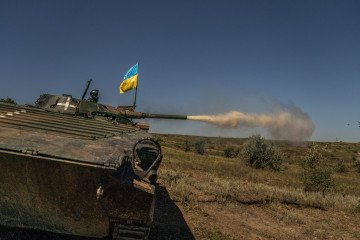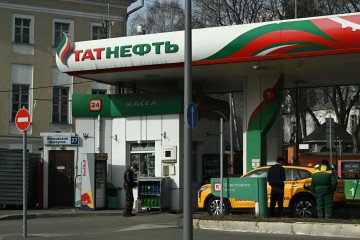Czechia has officially delivered the last of its operable T-72M1 tanks to Ukraine, marking the end of their service within the Czech Army, Czech outlet Hospodářské noviny reported on April 8.
The final shipment of approximately 20 tanks was transferred in late March and early April 2025. These units had previously belonged to Czechia’s 73rd Tank Battalion, which now awaits delivery of modern Leopard 2 tanks from Germany to replenish its armored capabilities.
“I can only say that there is not a single T-72M1 left on the base,” a source familiar with the 7th Brigade told the outlet.
Czechia inherited 86 T-72M1 tanks after the dissolution of Czechoslovakia , some of which were upgraded to the T-72M4CZ variant.
Others remained in their original configuration, with several units held in long-term reserve until they were reactivated and sent to Ukraine following Russia’s full-scale invasion in 2022.
This delivery concludes Czechia’s use of Soviet-designed tanks as the country undertakes a sweeping modernization of its armored forces. Under a broader defense strategy aimed at bolstering national security and aligning with NATO standards, Czechia is replacing outdated Soviet-era models with advanced German Leopard 2A4 and Leopard 2A8 main battle tanks.
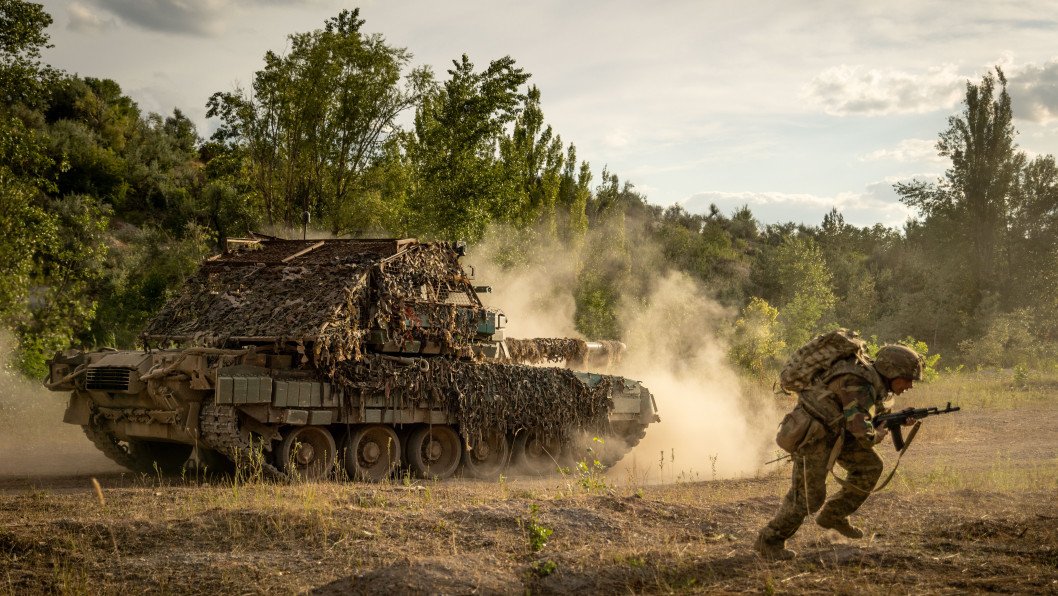
The Leopard 2A8s are part of a strategic procurement project and are scheduled for delivery between 2027 and 2029. Meanwhile, the 73rd Tank Battalion is being re-equipped to meet NATO interoperability standards and will also include a support platoon outfitted with German-supplied Buffel armored recovery vehicles.
According to the Ministry of Defense, continued modernization of the T-72 platform was deemed unfeasible due to its structural limitations. Transitioning to Western-designed systems, officials say, offers significantly enhanced battlefield performance and future scalability.
Earlier, Czech Minister of Defense, Jana Černochová, stated that the country’s exports of military equipment to Ukraine increased by at least one-third in 2024.
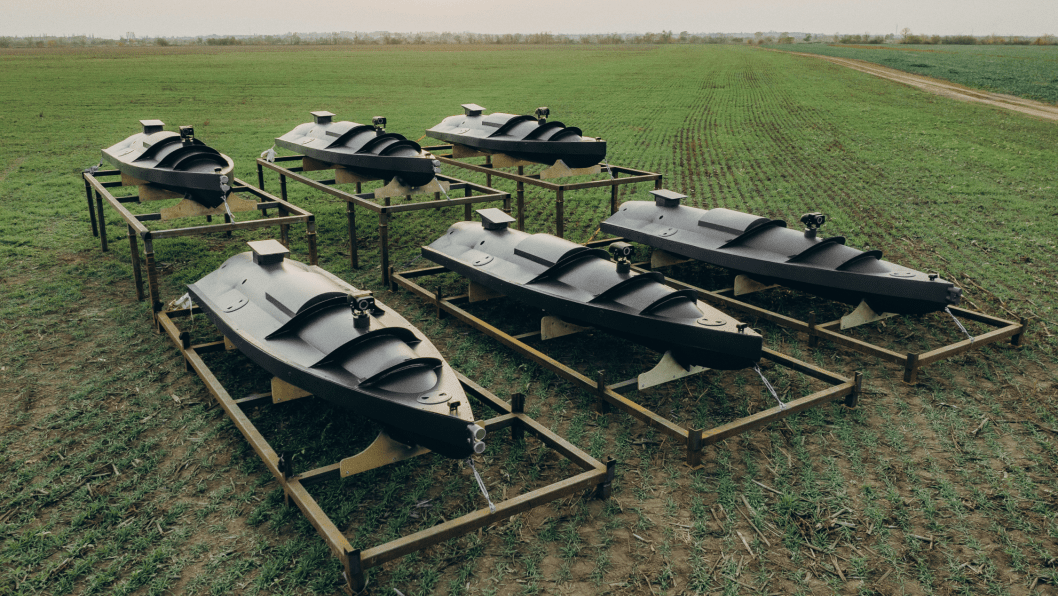

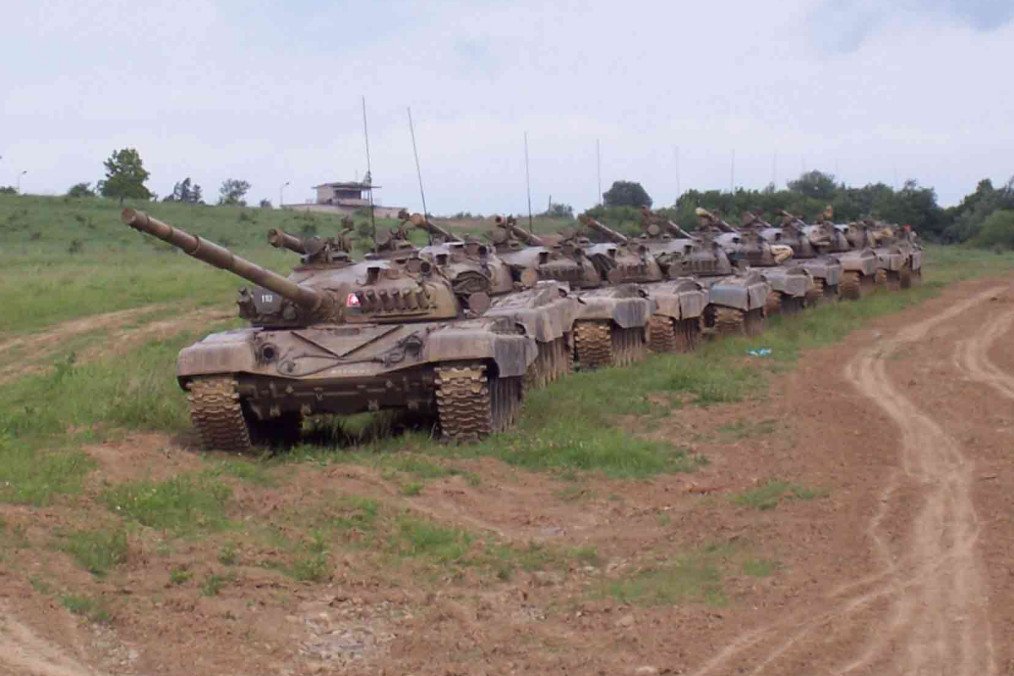
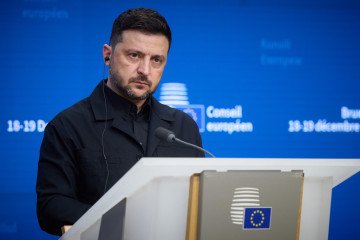


-72b63a4e0c8c475ad81fe3eed3f63729.jpeg)
